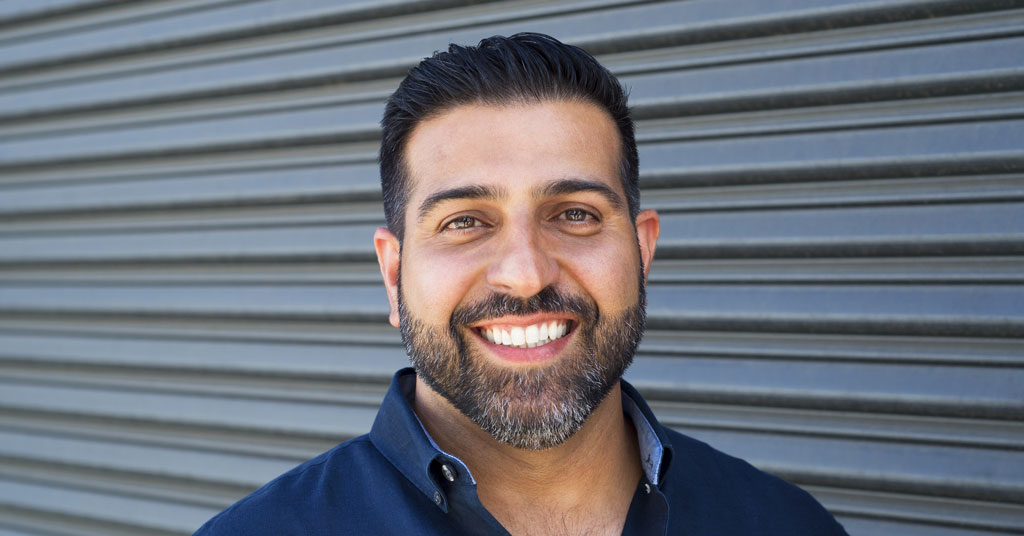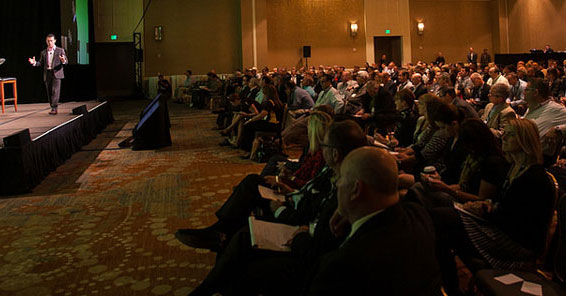Cash in on These 3 Post-Covid Real Estate Development Ideas

Editor’s note: This article, from early 2021, is one of our most-read real estate articles. Now, 18 months later, it not only offers three still-relevant ideas for real estate development in the post-Covid world, it also serves as a reminder of how much the market has changed since then – and how much has remained the same.
As we reflect on 2020, restaurant owners who showed their true mettle and survived the pandemic by adapting are now looking into the future to see which challenges will remain and which opportunities can be capitalized on. Many of us are asking ourselves what we learned this past year that can give our businesses a competitive advantage in 2021 and beyond. At Dog Haus, we are looking closely at our development and real estate strategies.
Here are three ideas we’ve found worth serious consideration regarding real estate and development in a post-Covid world.
Be creative during lease negotiations
Before Covid-19, the coveted 2,000-square-foot site for a fast-casual restaurant was incredibly sparse and expensive. This is changing. According to a National Restaurant Association report, the pandemic has caused the closure of more than 100,000 restaurants, 10,000 of them closed over the past few months alone. With so many empty spaces, there are more opportunities than just an increased supply. We have seen some landlords respond by lowering rents. Others in high-demand areas may not be reducing the asking rent just yet, but they are open to creative lease negotiations.
To take advantage of this market shift, it’s imperative to be aggressive in these negotiations. Ask to include forced closure provisions: a 100% rent abatement during a full closure and a 50% rent reduction during forced dining room closures. Another creative safety net is to have a provision that reduces rent to 10% of gross sales in the case of any closure. While landlords may not agree to all of these provisions, they provide a good starting point for negotiations, because at the end of the day landlords still have a mortgage to pay and need their spaces filled.
Additionally, it’s time to fight for dedicated parking spots for delivery drivers. Seek real estate that accommodates curbside pickup, takeout, and delivery. Look at spaces with ample parking or easy access for drivers and guests to quickly get in and out. Right now, we are looking into prototypes that feature a traditional drive-thru with a dedicated lane for third-party and mobile order pickup to make the process frictionless. It’s critical to have that potential edge going forward.
Take advantage of second-generation sites
When searching for your next location, keep an eye out for second-generation restaurants. Many of them already will have key components of a restaurant in an ideal location. Components such as hoods, walk-in coolers, and restrooms, could save thousands of dollars on your next buildout. This past year, many tenants have walked away from their restaurants completely, leaving the landlord not only income-less with no tenant, but also with a fully equipped and furnished restaurant. We’ve seen some landlords willing to offer zero key money deals (free FFE), larger tenant improvement budgets, greater flexibility on rent delays, or even periods of free rent—all to get a new tenant in right away. A second-generation space also is quicker to get up and running, which is often all the incentive a landlord needs to get a deal done.
Get into the virtual kitchen game
With the tremendous growth of third-party delivery throughout the pandemic, the virtual kitchen model will continue to thrive. This model allows restaurants to maximize delivery coverage while keeping investment and operational costs low. The pandemic caused consumer behavior to change and the use of third-party delivery apps to rise. A cost-effective strategy of penetrating a new market is to open a virtual kitchen.
Consider exploring partnerships with the growing number of virtual kitchen companies, such as Kitchen United or CloudKitchens, that have a successful infrastructure in place. Additionally, negotiate with the facilities and third-party delivery apps to ensure there will be enough profit after percentages are distributed to all involved parties.
One of the most important things we learned in 2020 is that we must remain flexible and pivot quickly. Many of the innovations we used to stay afloat are now a part of our long-term blueprint for success. When it comes to real estate and development, there’s no better time than now to build the models that ensure your business thrives in a post-Covid world.
Quasim Riaz is a partner with Dog Haus, which opened its first location in Pasadena in 2010. In 2019, the company partnered with Kitchen United to expand its footprint across the U.S.
Share this Feature
Recommended Reading:
STAY CONNECTED
Subscribe to our newsletters to stay informed on the hottest trends in Franchising.
FRANCHISE TOPICS
- Multi-Unit Franchising
- Get Started in Franchising
- Franchise Growth
- Franchise Operations
- Open New Units
- Franchise Leadership
- Franchise Marketing
- Technology
- Franchise Law
- Franchise Awards
- Franchise Rankings
- Franchise Trends
- Franchise Development
- Featured Franchise Stories
FEATURED IN

Franchise Update Magazine: Issue 1, 2021








 The franchise listed above are not related to or endorsed by Franchise Update or Franchise Update Media Group. We are not engaged in, supporting, or endorsing any specific franchise, business opportunity, company or individual. No statement in this site is to be construed as a recommendation. We encourage prospective franchise buyers to perform extensive due diligence when considering a franchise opportunity.
The franchise listed above are not related to or endorsed by Franchise Update or Franchise Update Media Group. We are not engaged in, supporting, or endorsing any specific franchise, business opportunity, company or individual. No statement in this site is to be construed as a recommendation. We encourage prospective franchise buyers to perform extensive due diligence when considering a franchise opportunity.